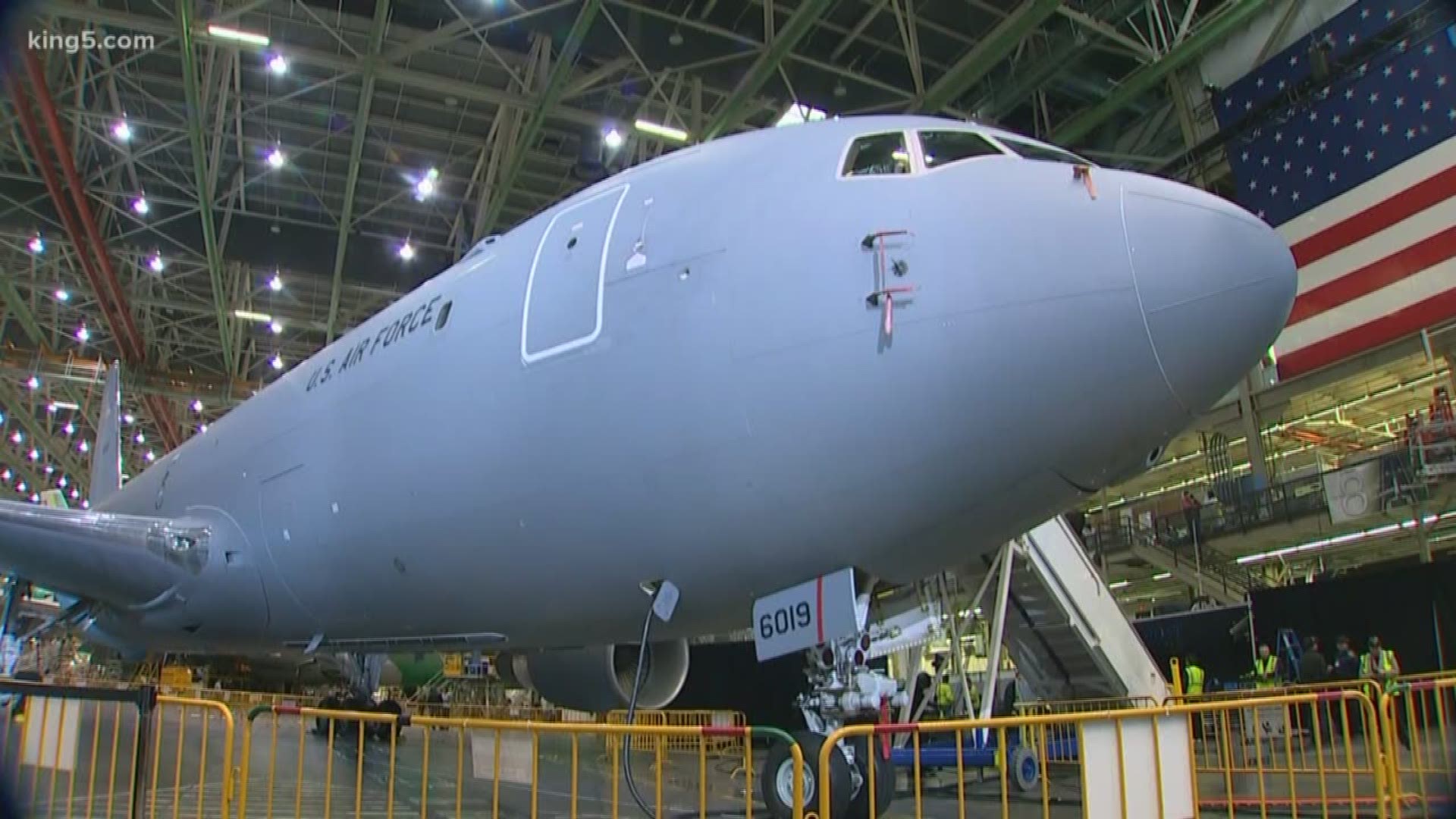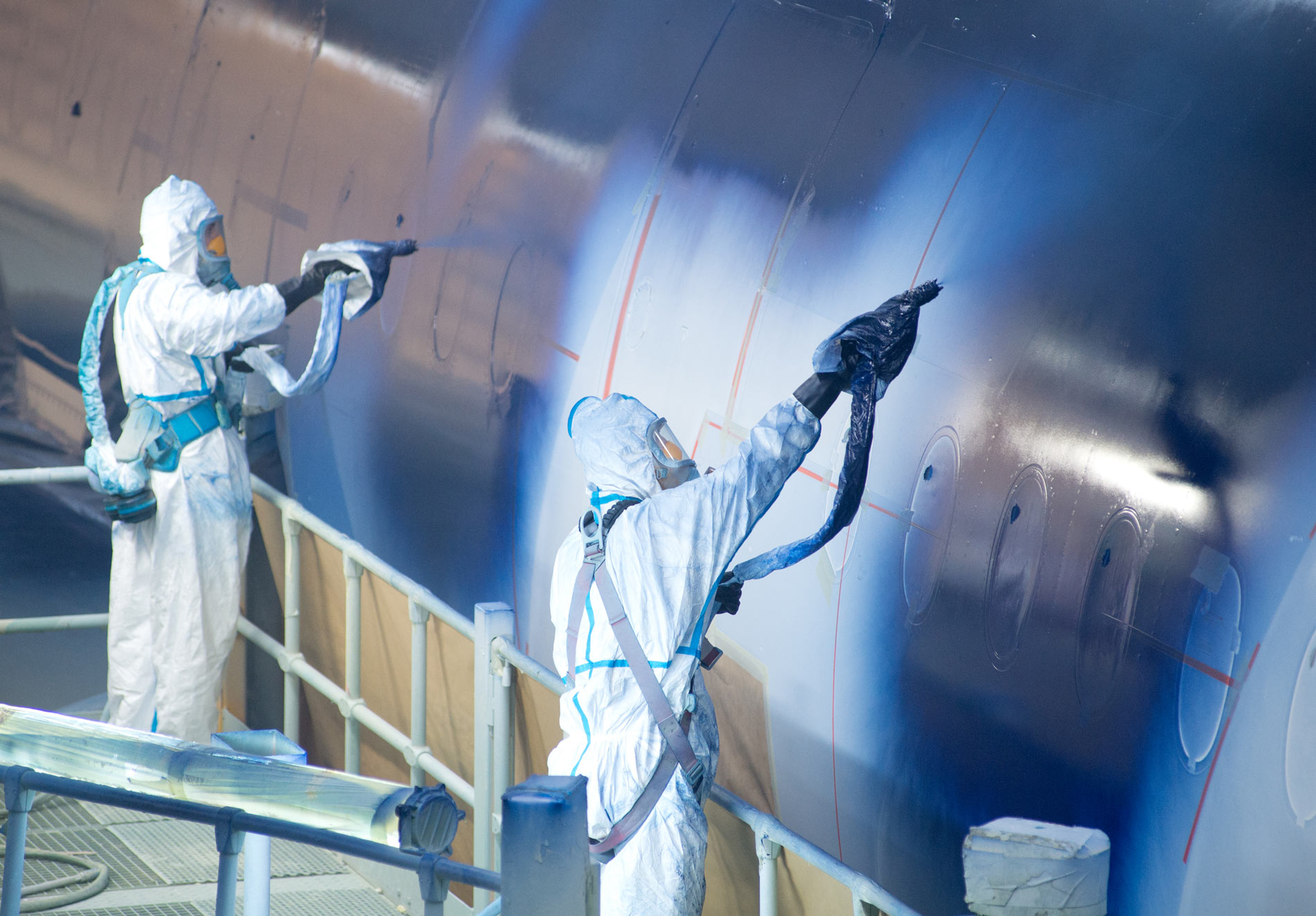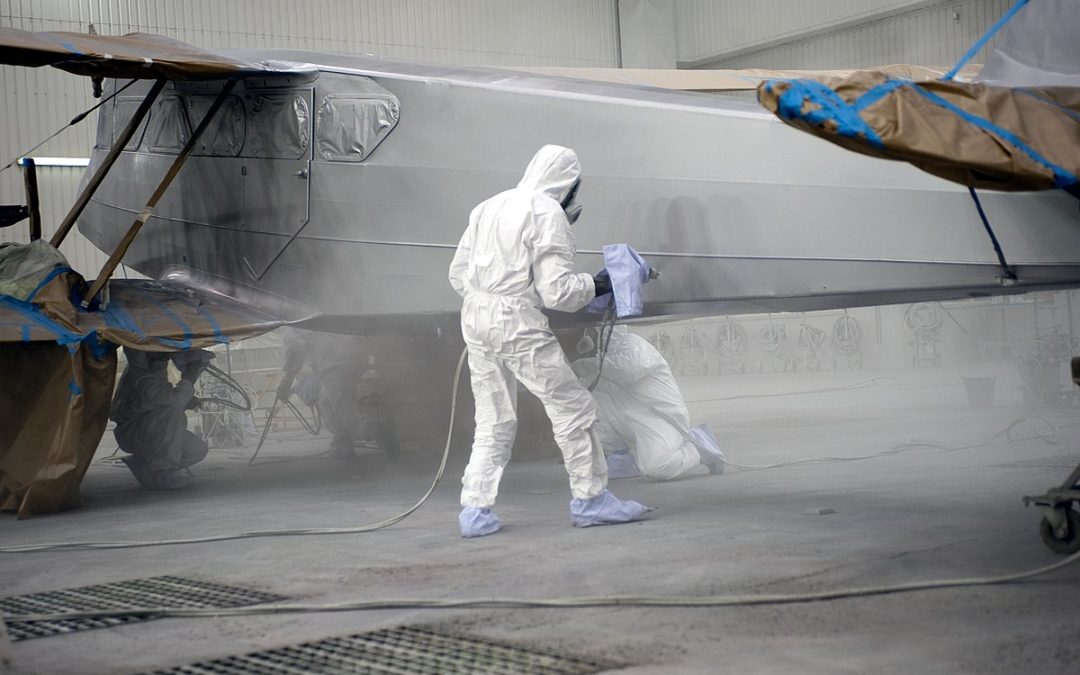Painting aircraft aluminum can be a daunting task, filled with numerous nuances and technicalities. However, with the right knowledge and preparation, it can be a smooth and rewarding process. In this comprehensive guide, we’ll walk you through the essential steps on how to paint aircraft aluminum, ensuring your aircraft looks immaculate and is well-protected against the elements.

Introduction to Painting Aircraft Aluminum
Aircraft aluminum is a lightweight and durable material, making it the preferred choice for many aviation applications. However, because its prone to oxidation and corrosion, proper painting and maintenance are crucial.
Why Paint Aircraft Aluminum?
Painting serves several purposes:
- Protection: Paint creates a barrier against corrosion and oxidation.
- Aesthetics: It enhances the aircraft’s appearance, giving it a polished and professional look.
- Identification: An aircrafts paint scheme often includes important identification and branding information.
Preparation for Painting
Effective painting begins with thorough preparation. Follow these steps to ensure the surface is ready for painting:
Cleaning the Surface
Use a specialized cleaner to remove any dirt, grease, and old paint. This step ensures that the new paint will adhere properly.
Sanding the Surface
Sanding helps to remove old paint and creates a rough texture, which helps the primer and paint to stick better. Use fine-grit sandpaper and ensure the surface is smooth and even.
Applying Primer
Primer is essential for ensuring the paint adheres to the aluminum surface and provides an additional layer of protection against corrosion.
- Choose the Right Primer: Look for primers specifically designed for aluminum surfaces.
- Application: Apply a thin, even layer and allow it to dry completely before painting.
Painting Process
Once the surface is properly prepared, the painting process can begin:
Selecting the Right Paint
Choose paint that is specifically designed for use on aluminum and aircraft. Acrylics and urethanes are popular choices due to their durability and finish.
Application Techniques
Use a high-quality spray gun for even application:
- Multiple Layers: Apply several thin layers, allowing each to dry before applying the next.
- Consistent Motion: Keep the spray gun moving to avoid drips and ensure an even coat.
Drying and Curing
Allow adequate drying time between coats. Once all layers are applied, let the paint cure for the recommended duration to achieve maximum durability.
Post-Painting Care
Inspection
After painting, conduct a thorough inspection to ensure there are no missed spots or imperfections. Touch up as necessary.
Regular Maintenance
Maintain the paint by regularly cleaning the aircraft and inspecting for any signs of wear or damage.
Common Mistakes to Avoid
- Skipping Preparation: Inadequate cleaning or sanding can lead to poor paint adhesion.
- Incorrect Primer: Using the wrong type of primer can result in peeling and corrosion.
- Thick Coats: Applying too much paint at once can cause drips and an uneven finish.
Advanced Tips for a Professional Finish
Use Quality Materials
Invest in high-quality paints, primers, and tools to ensure a professional finish.
Practice Proper Technique
Even application is key. Practice on scrap material before painting the aircraft to perfect your technique.
Conclusion
Painting aircraft aluminum is a meticulous process, but with the right knowledge and preparation, you can achieve a professional and long-lasting finish. Keep in mind the importance of each step, from preparation to final inspection, to ensure the best results.

FAQs
What type of paint is best for aircraft aluminum?
Acrylics and urethanes are commonly used for their durability and finish.
How often should I repaint my aircraft?
Frequency of repainting depends on usage and environmental exposure but typically every 5-7 years.
Can I paint my aircraft myself?
Yes, with proper preparation and technique, anyone with the right tools and knowledge can paint aircraft aluminum effectively.
For more detailed information on aircraft painting processes, visit this helpful article.
